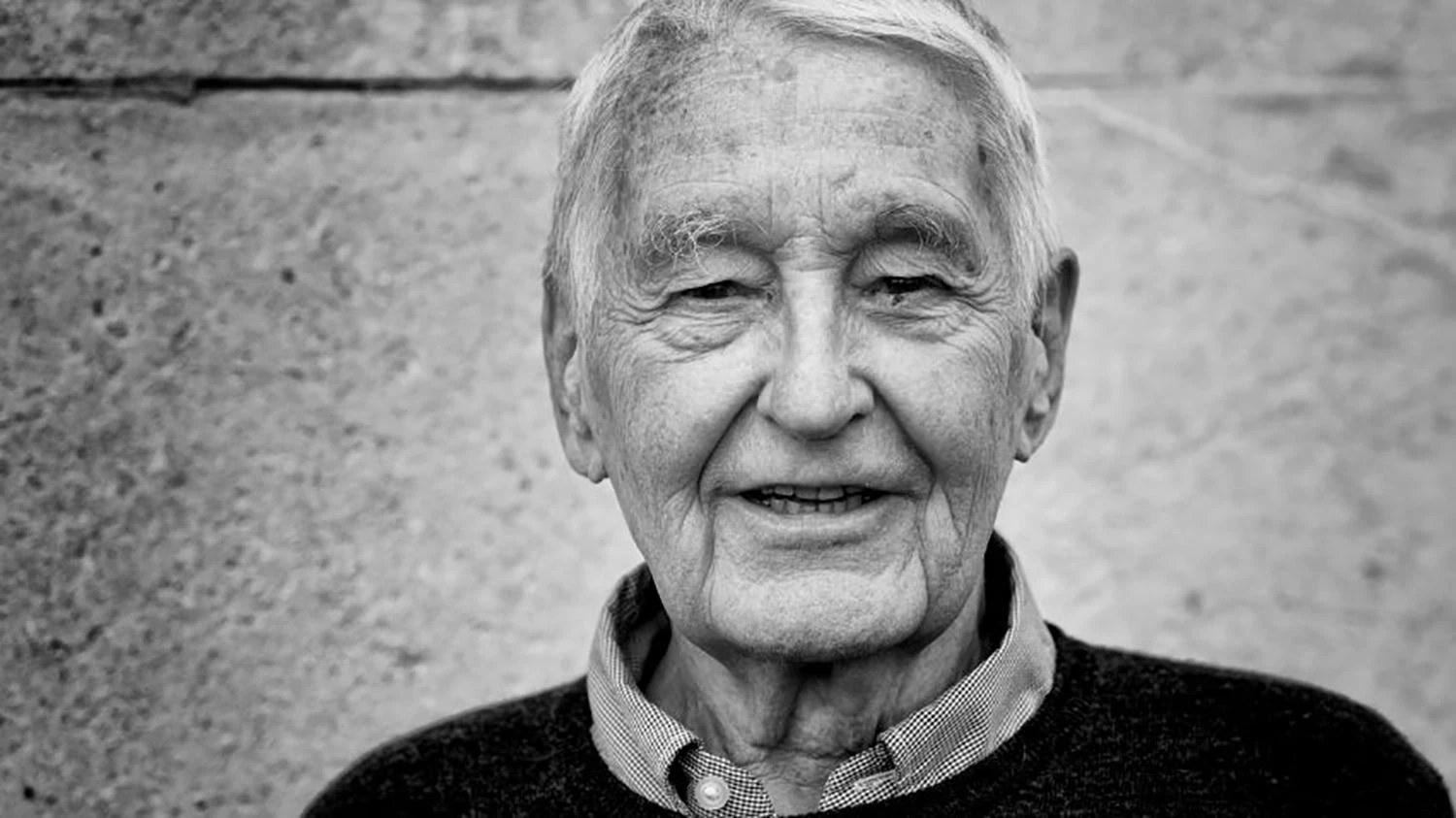
1929-2018
Neave Brown, pioneer of modern social housing in the United Kingdom, passed away, at 88, on 9 January 2018. Born from a British father in Utica (New York) in 1929, Brown emigrated soon to the United Kingdom. He studied at London’s Architectural Association and spent time in East Africa, a British colony at the time. In 1956 he established his own studio, but from the 1960s on he started working for the London Borough of Camden, under the orders of Sydney Cook, one of the champions of social housing. During that period, Neave Brown, committed to users and their needs and promoting an urbanism whose basic unit was the traditional street, renewed the district of Camden entirely with projects defined by their functionality and powerful brutalist language, such as those of Dunboyne Road (1977) and Alexandra Road (1978). In them, Brown rejected the prevailing verticality of social housing, and defended high horizontal density to renew the garden-city model, conventional in Britain. His contributions to social housing were acknowledged with the concession, a few months before his death, of the RIBA Gold Medal.





